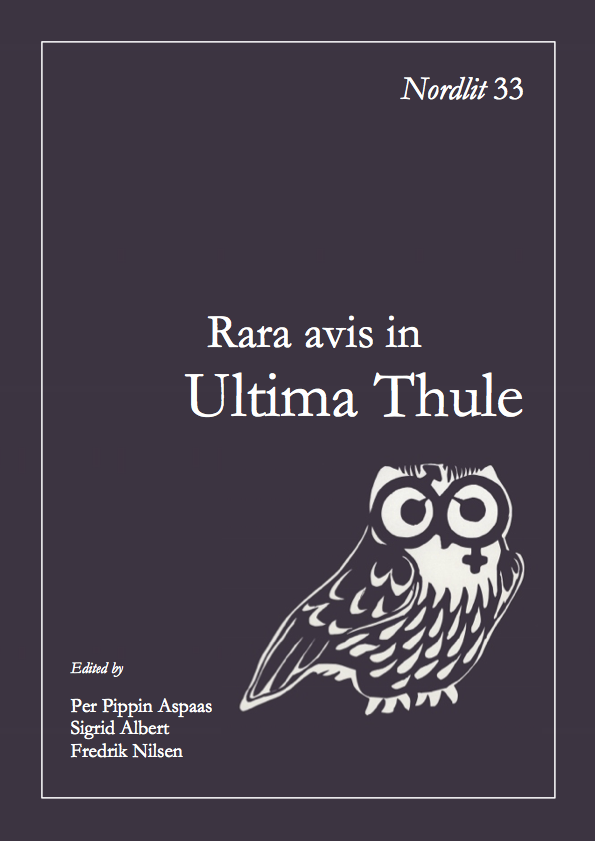De Caesare in scholis Latinis provectioribus destinatis modo activo proponendo
DOI:
https://doi.org/10.7557/13.3168Keywords:
Caesar, methodi activae, AP (Advanced Placement), dictatio, constructiones grammaticae, figurae rhetoricae, scripta Latine enucleanda, imagines Latine describendae, fabellae scaenicaeAbstract
On the Active Use of Caesar in Latin Classes for Advanced Students. Methods for active teaching of the Latin language are usually considered to be best suited for the curriculum of beginners’ classes. Such methods can, however, be used quite efficiently even when teaching advanced students either at High School or University level. Nor does it seem to be necessary to restrict the active use of Latinity to simple conversations only or to avoid using the texts of the classic Roman authors, which students of Latin need to understand well. In short, there is nothing preventing students from becoming familiar with the rules of grammar by means of active exercises. Such familiary furnishes the student with shortcuts to a better understanding of the language itself. This may in turn lead to that very ability to read ancient texts which is, after all, the main object of Latin teaching. The present contribution deals with the use of active methods in the curriculum for Advanced Placement (AP) High School pupils who are taking courses that provide them with academic credits for university qualification in the USA. Examples are taken from Caesar’s Commentarii de bello Gallico, a fundamental text in the AP curriculum as far as prose is concerned. The article deals first with how to explain a text in various ways by means of the Latin language alone, without having recourse to the vernacular. Asking questions, making paraphrases, adding titles, or providing a summary are all alternatives here. Furthermore, dictation is elucidated, and how it can offer a bridge to explaining the text in Latin; so is an active method to explain various grammatical constructions. There then follows the active treatment of grammatical as well as rhetorical figures. Finally, questions of how to compose dialogues, and even how to edit plays for the stage, are addressed. At the end of the essay, the author discusses how to combine textual work with exercises involving describing images in Latin.Downloads
Published
2014-11-16
How to Cite
Minkova, Milena. 2014. “De Caesare in scholis Latinis provectioribus destinatis modo activo proponendo”. Nordlit, no. 33 (November):297-309. https://doi.org/10.7557/13.3168.
Issue
Section
Articles









